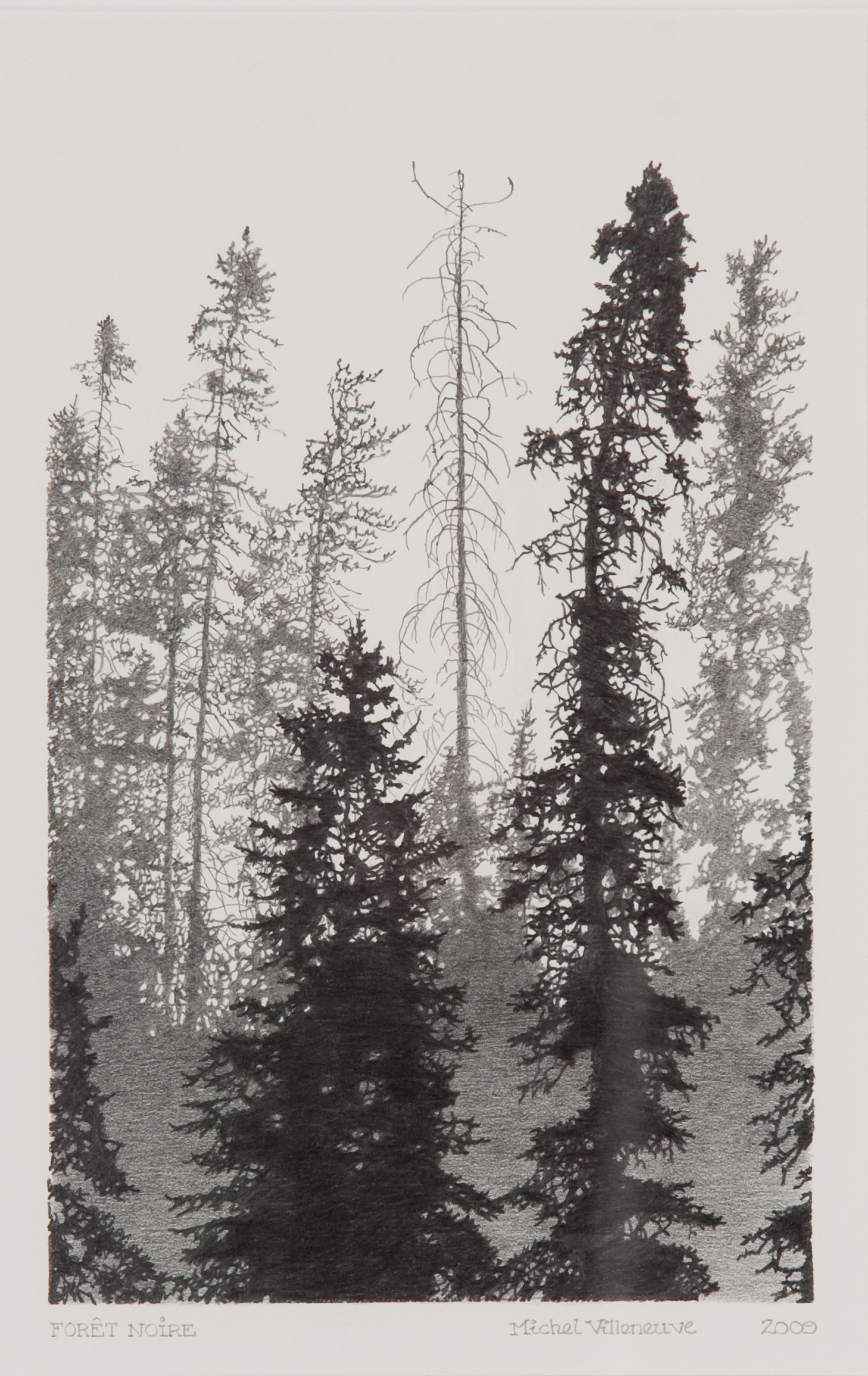The Forest, a Real Gold Mine!
Abitibi-Témiscamingue covers almost 58,000 square kilometres of the area of which the density of the population is only 2.6 inhabitants per square kilometre. Therefore, a large part of this territory remains occupied by immense areas of forest. Naturally, these woodlands mainly rich in maples, birch, firs and spruce trees, attract logging companies.
Since 1850, the forests of Abitibi-Témiscamingue have been under assault by lumberjacks and log drivers. First in Témiscamingue and then later in Abitibi. The industry focuses on developing mainly sawmills. Then in 1918, the first pulp and paper mill was founded, bringing with it the founding of a new town, Témiscaming.
This industry employs thousands of workers from all over the region, starting with lumberjacks and log drivers and transitioning to mill workers. It was an important breadwinner for the colonists because of the agro-forestry based economy.
As of the 1970s, when the industry uses more than 5 million square meters of trees from the region’s forest, we begin to understand that Abitibi-Témiscamingue’s infinite forest is a myth: the resource begins to run out.
In 1990, the region’s lumber industry was at its peak, employing more than 8,000 people. These days, in 2020, this sector employs close to 300 forestry companies of 1st, 2nd and 3rd levels of processing.





